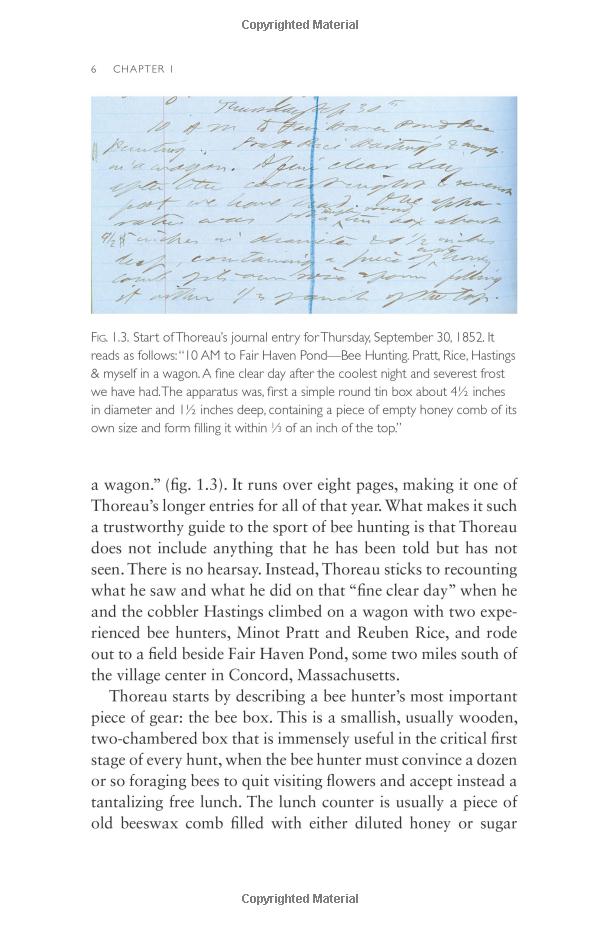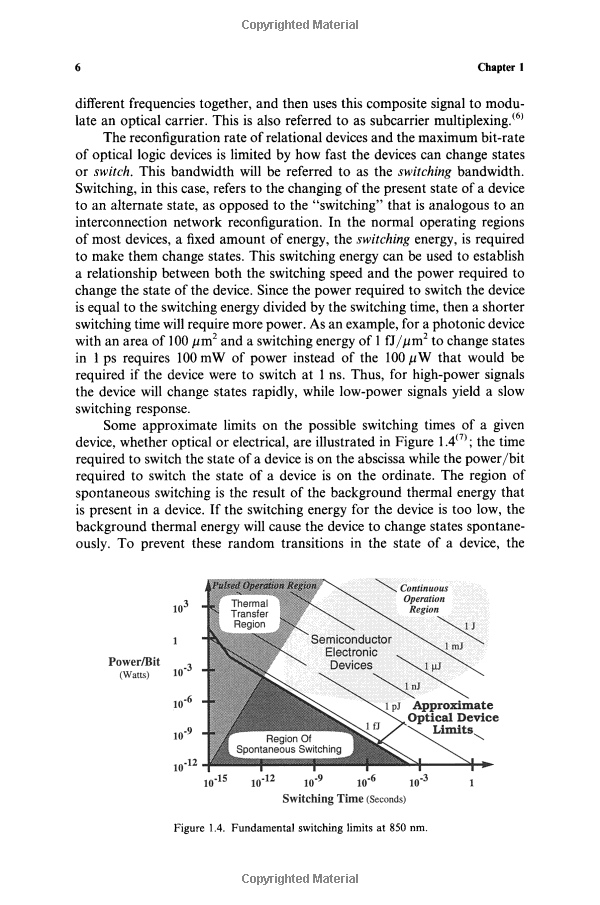Title: The Art of Drying Feather quilts: A Comprehensive Guide
The Art of Drying Feather quilts: A Comprehensive GuideDrying feather quilts can be a challenging task, but with the right techniques and tools, it can be done efficiently and safely. Here are some tips on how to dry feather quilts:Firstly, choose a suitable location for drying. An open area with good ventilation is ideal. It is also important to ensure that the area is free from any moisture or dust.Secondly, remove all excess water from the quilt using a towel or a cloth. This will help prevent mold growth and promote faster drying.Thirdly, spread out the quilt in a flat manner on a clean surface. Make sure that the feathers are evenly distributed across the quilt.Fourthly, add a layer of dry newsprint or paper towels between the quilt and the surface it is being dried on. This will help absorb any moisture that may be present.Fifthly, use a fan or an open window to provide additional air circulation. This will help accelerate the drying process.Lastly, check the quilt regularly to make sure that it is not wet at all. Once it is completely dry, fold the quilt neatly and store it away in a cool and dry place. By following these guidelines, you can preserve the beauty of your feather quilt for years to come.
In the frigid depths of winter, there is nothing quite like the comfort of a well-made feather quilt. The soft, fluffy embrace of a down quilt can provide warmth and insulation that is unmatched by any other bedding option. However, with this luxury comes the responsibility to properly care for your feather quilt, including the task of drying it after use.
Drying a feather quilt can be a delicate process, as these delicate fabrics are prone to damage from exposure to water or high heat. In this comprehensive guide, we will discuss the best methods for drying feather quilts, ensuring that they remain in pristine condition for years to come.
The Importance of Properly Drying a Feather Quilt
Maintain Durability: Moisture can cause feathers to flatten, reducing their insulating properties and potentially leading to clumping. By allowing your quilt to dry thoroughly before use, you can help maintain its durability and effectiveness.

Promote Airflow: Dampness can lead to the growth of mildew and mold, which can release toxic spores into the air. Drying your quilt in an open space with good air circulation can help prevent the development of these harmful bacteria.
Extend Life: Regularly drying your quilt can significantly extend its lifespan, making it a worthwhile investment for your home.
Methods for Drying a Feather Quilt
Sun Drying: One of the most traditional methods for drying a feather quilt is to let it sundry in a safe, open area. This method works well if your climate is mild and sunny, but should be avoided in areas with heavy precipitation or strong winds, as these conditions can cause water to pool on your quilt and damage the feathers.
Electric Dryer: An electric dryer can be a useful tool for quickly drying a feather quilt. Simply set the dryer on low heat and remove the quilt while it's still damp. Be sure to check the fabric frequently, as dry cycles can sometimes cause feathers to fluff up, leading to potential damage.
Microwave: While not ideal for all feather quilts, some models may tolerate short periods of microwaving. Always follow manufacturer instructions and avoid exposing the quilt to excessive heat, as this can cause feathers to burn or melt.
Tips for Safely Drying a Feather Quilt

Check Fabric Care Label: Always consult the care label on your feather quilt before attempting to dry it. Some fabrics may require specialized care or even professional cleaning.
Rotate Your Quilt: When using an electric dryer or placing your quilt in the sunlight, rotate it occasionally to ensure even drying. This can help prevent clumping and promote even airflow around the quilt.
Use Low Heat/No Heat: Whenever possible, opt for low heat or no heat when drying your quilt. High heat can cause feathers to flatten and damage the fabric.
Conclusion
Drying a feather quilt is a crucial step in maintaining its quality and extending its lifespan. By following these guidelines and taking the time to properly dry your quilt, you can enjoy the many benefits of a warm and comfortable down bedding option without worrying about damaging your precious feather quilt.
Articles related to the knowledge points of this article:
Title: Thermal Comfort and Cozy Experience of Down Blankets in Winter
Title: The Person on Mengjie 7A Down Duvet Advertisement
Title: The羽绒被Market in the Sijiqing Clothing Fabric Market
The Cost of a Sanli Feather Duvet
The price of down comforters on Taobao
Title: The Allure of the Down Comfort: An Exploration of Duvet Display Cases



